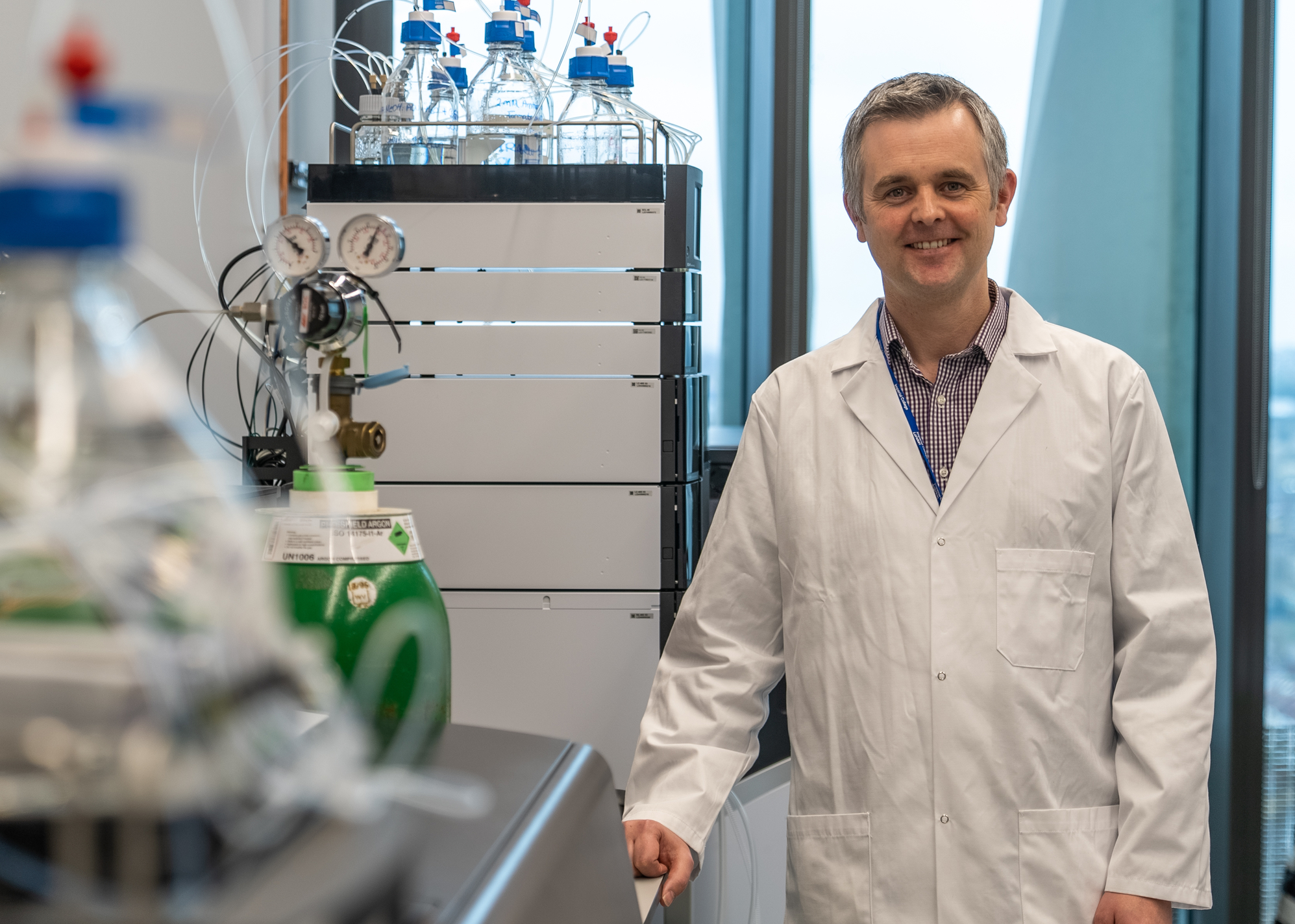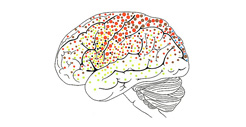UCL - Brain Imaging: Science and Shakespeare

University College London
-
INDUSTRY
Life Science - Brain-Function Imaging
-
KEYWORD
brain imaging, neuroscience, fNIRS
-
INTRODUCTION SERVICE&PRODUCTS
LIGHTNIRS
Brain imaging during social interactions has classically required participants to remain still in a tightly controlled experimental laboratory. Using new technology by Shimadzu, researchers at the University College London show these experiments can now be done outside the lab, for example, on the stage.

It was only a few days away from the first performance in front of a live audience. During rehearsal, Antonia Hamilton, Professor at the University College London (UCL) Institute of Cognitive Neuroscience, was watching actors rehearse a Shakespeare play. Neuroscientists tend to prefer books with titles like “Neuron” and “Cognition” over “Hamlet” or “A Midsummer Night’s Dream”, but Hamilton believes studying these actors could give new understanding about human social cognition and how social interactions might be different for individuals with autism.
Autism spectrum condition (ASC) is a neurodevelopmental disorder which impacts social and communication skills. In the United States, one in 68 children is now diagnosed with ASC1, but there remains a pressing need to improve diagnoses and find effective ways to help these children learn social skills.
The idea to use actors to study ASC came to Hamilton when she was approached five years ago by Kelly Hunter, a director and actor who has been incorporating performance as a therapy for autistics. Hamilton went to see Hunter’s work and came away thinking there was a scientific opportunity, especially when considering her access to Shimadzu’s functional near infrared spectroscopy (fNIRS) equipment. fNIRS is a non-invasive technique that uses infrared light to measure cortical activity, which may be different in the autistic brain.
Dr Ilias Tachtsidis and Prof Antonia Hamilton

Institute of Cognitive Neuroscience
*Affiliates and titles of the interviewee are current as of the time of reporting.
University College London
URL
http://www.ucl.ac.uk/







